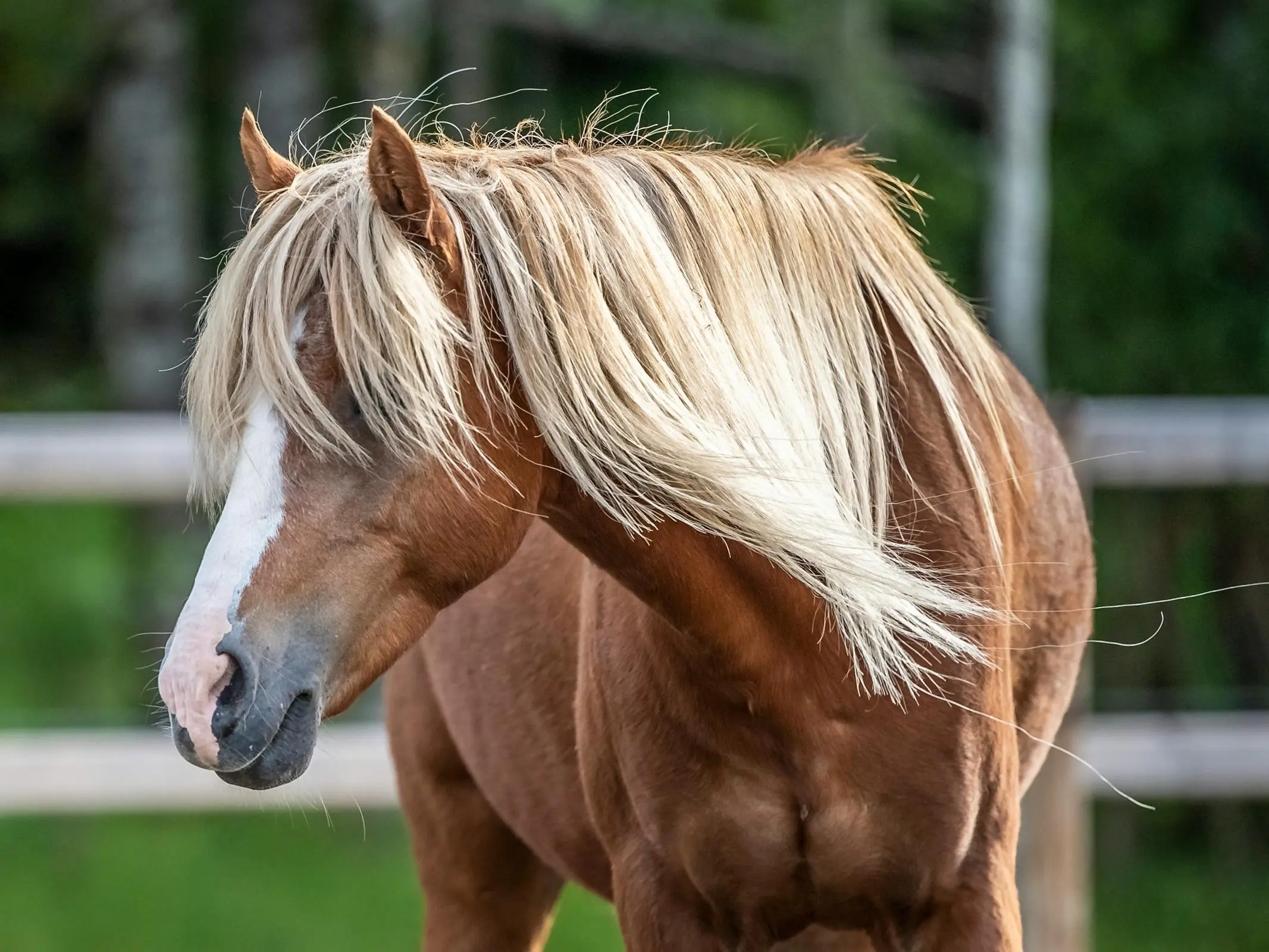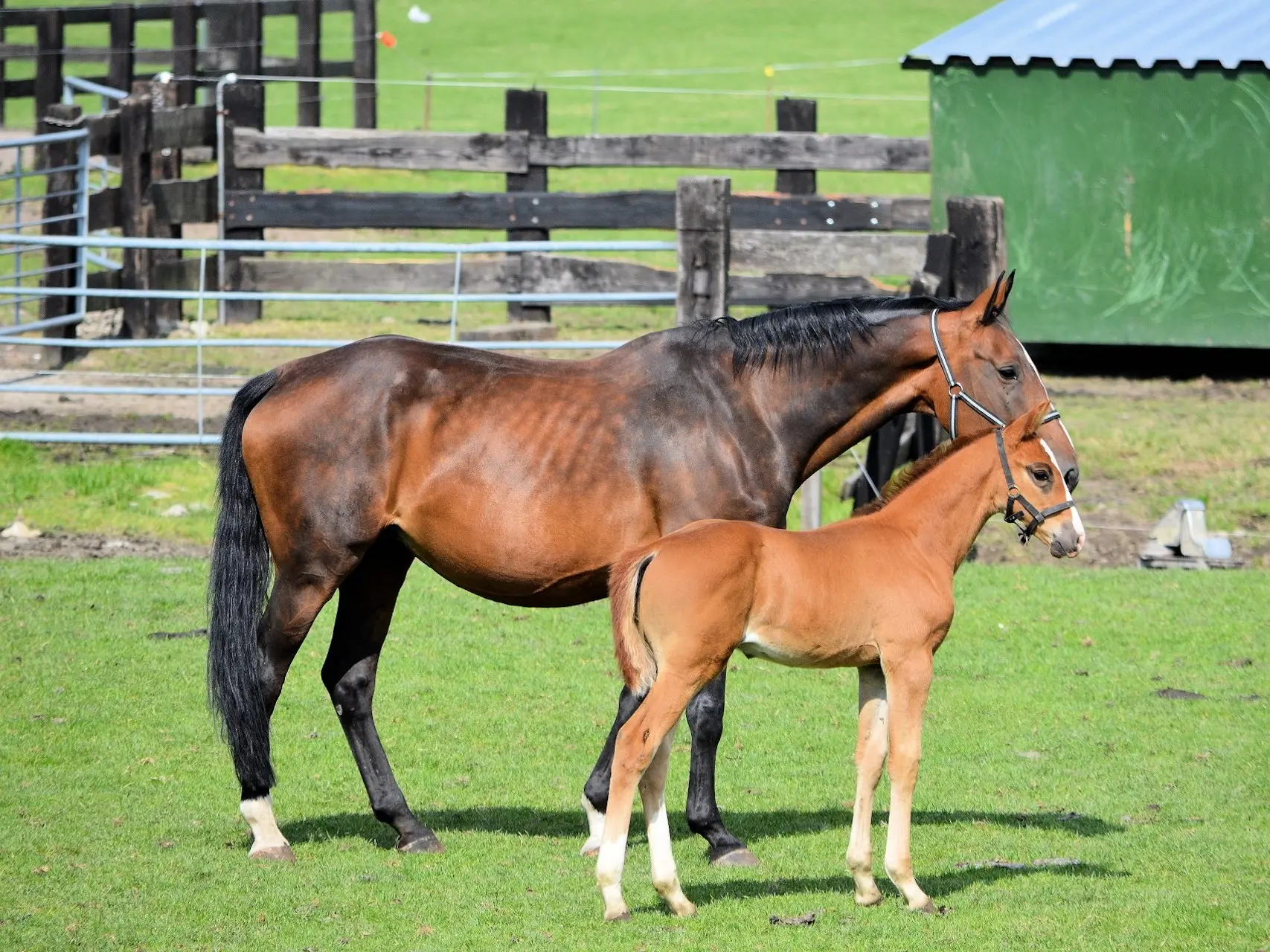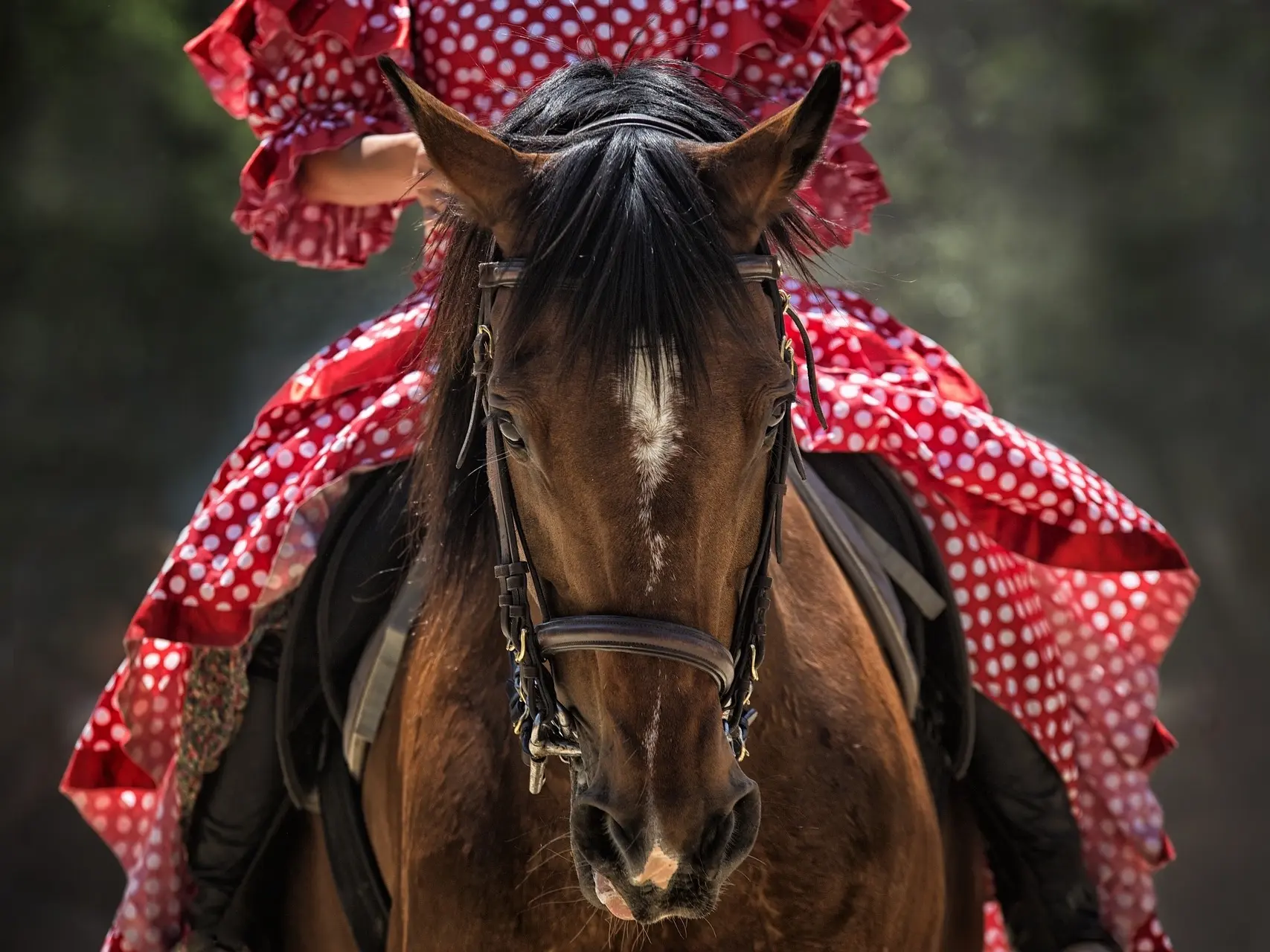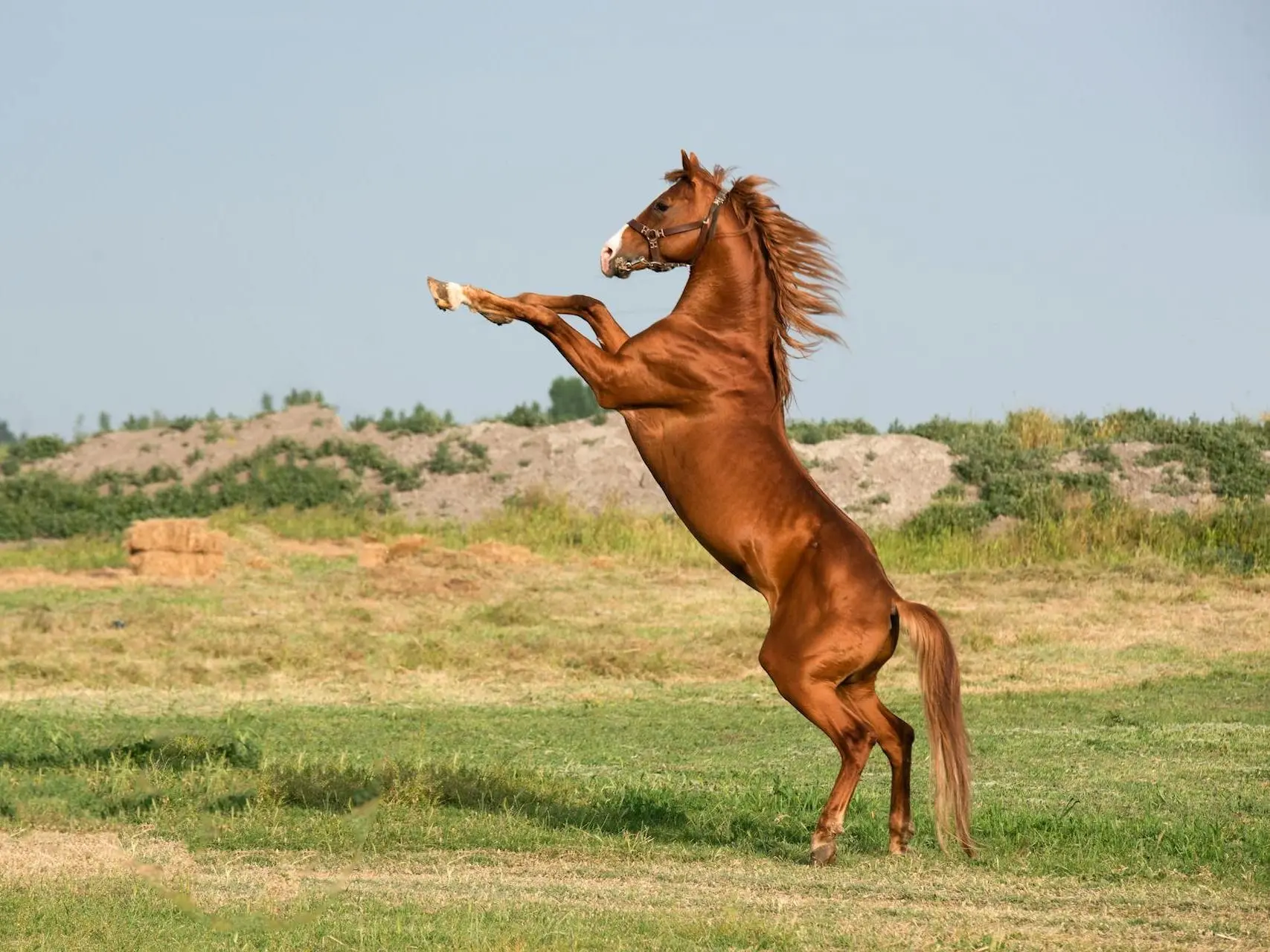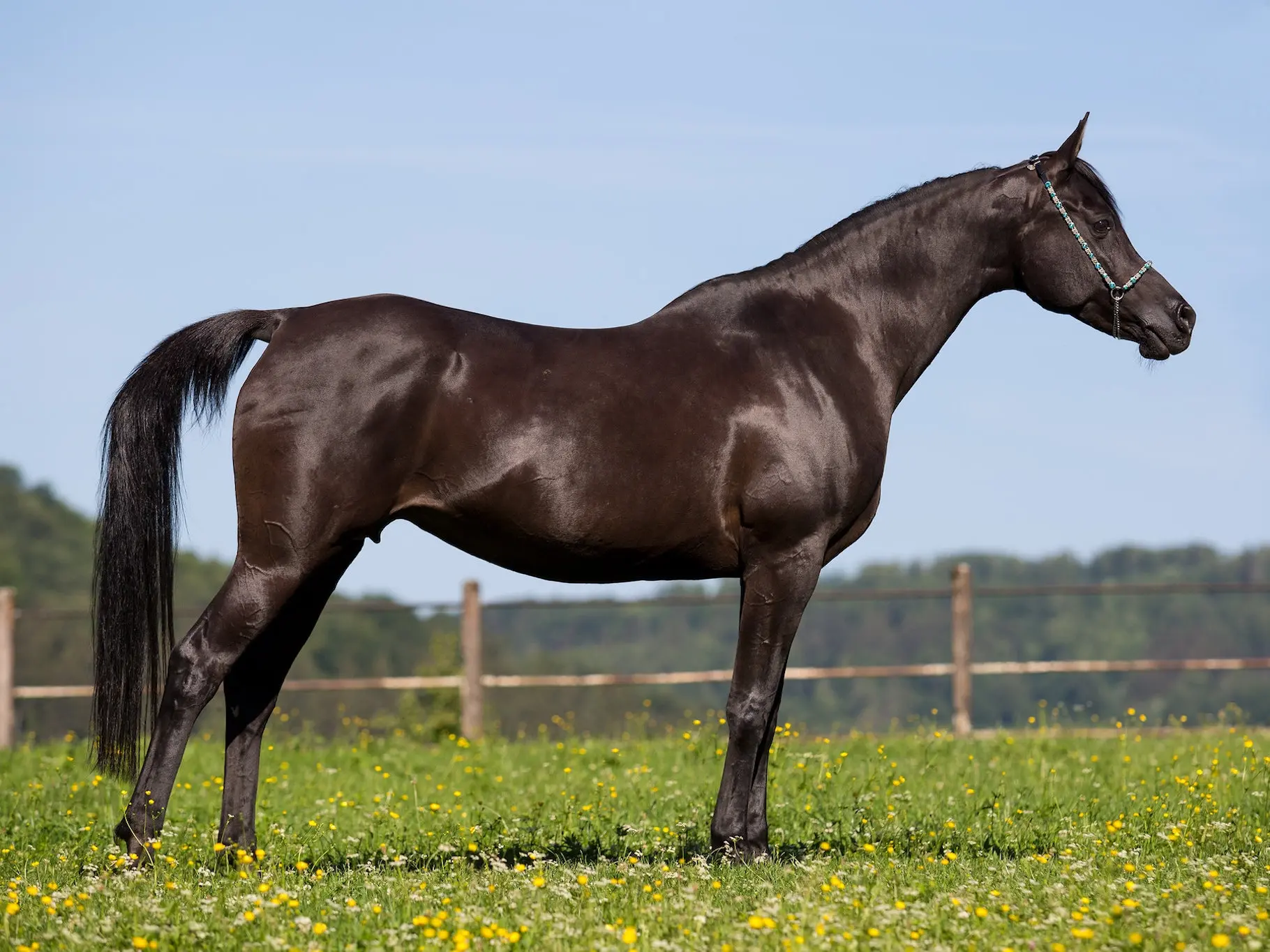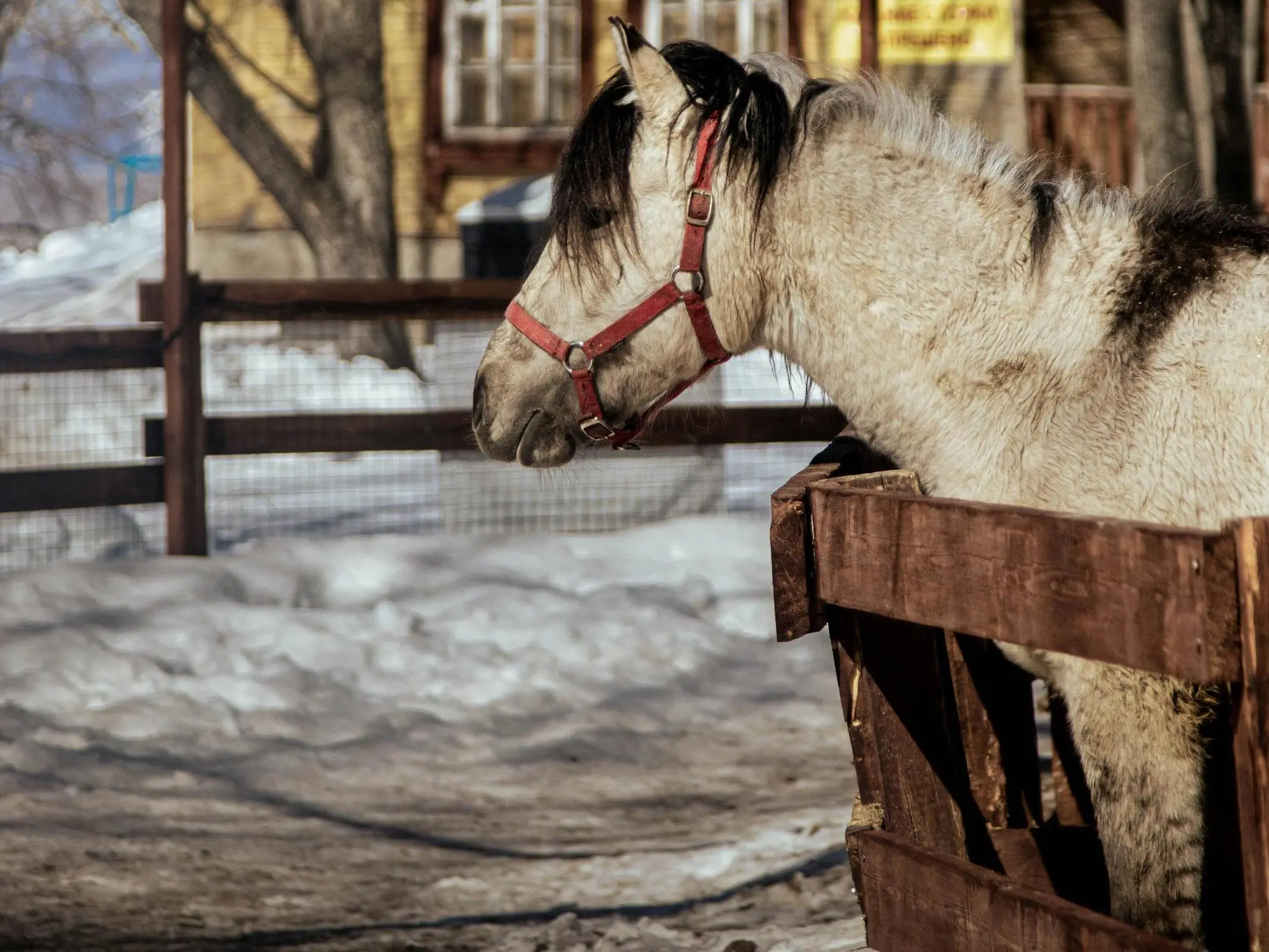
Legend says that dun animals are hardier than the rest and while it’s not necessarily true, there could be a tiny grain of fact behind it. This coloration may have ancient roots.
Read more
Horseology Category
Flaxen Blondes of the Horse World
Horses in Algeria
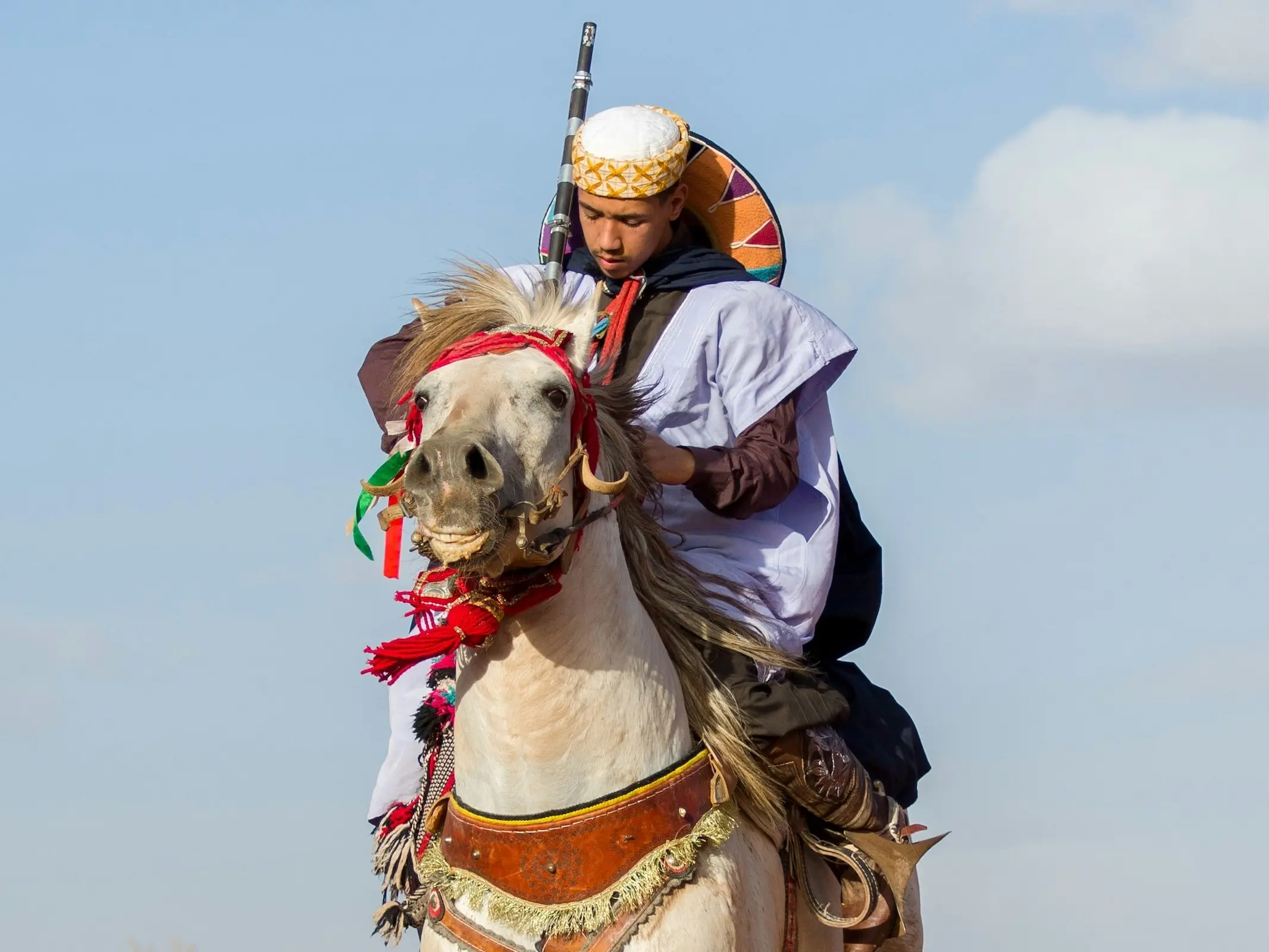
As we update the site, our breeds section has already had a major overhaul and we are still adding new information, images and videos for each breed. Today we wanted to share the brand new breeds from Algeria category.
Read more
Oh So Pretty Sooty
Horses in Albania

As we update the site, our breeds section has already had a major overhaul and we are still adding new information, images and videos for each breed. Today we wanted to share the brand new breeds from Albania category.
Read more
So Much to Love About Pangaré
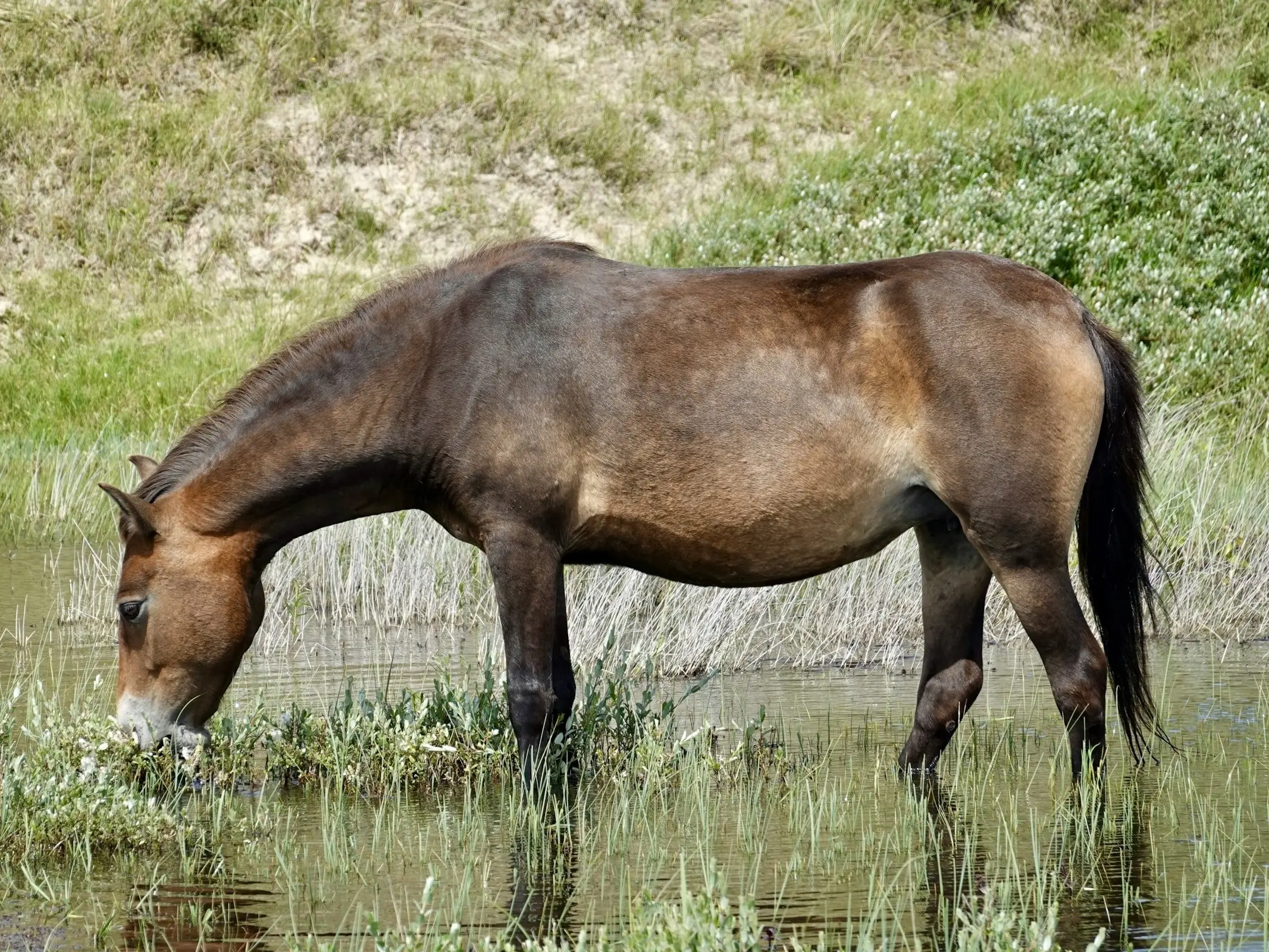
Pangaré or mealy is thought to be part of an ancestral color ‘package’ that includes wildtype bay and the dun factor. The combination creates a variety of dilution, striping and dappling that could be forms of natural camouflage.
Read more
The Many Shades of Brown

Brown or seal brown is still a bit of a mystery to us. Is it a type of bay? Is it genetically distinct from bay? We aren’t entirely sure. We do know it’s common and has more range than you might think.
Read more
The Lovely World of Bay
The Boldness of Fiery Chestnut
The Beauty of Simple Black
Know Your Zebra Species – The Beauty of Horse Colors
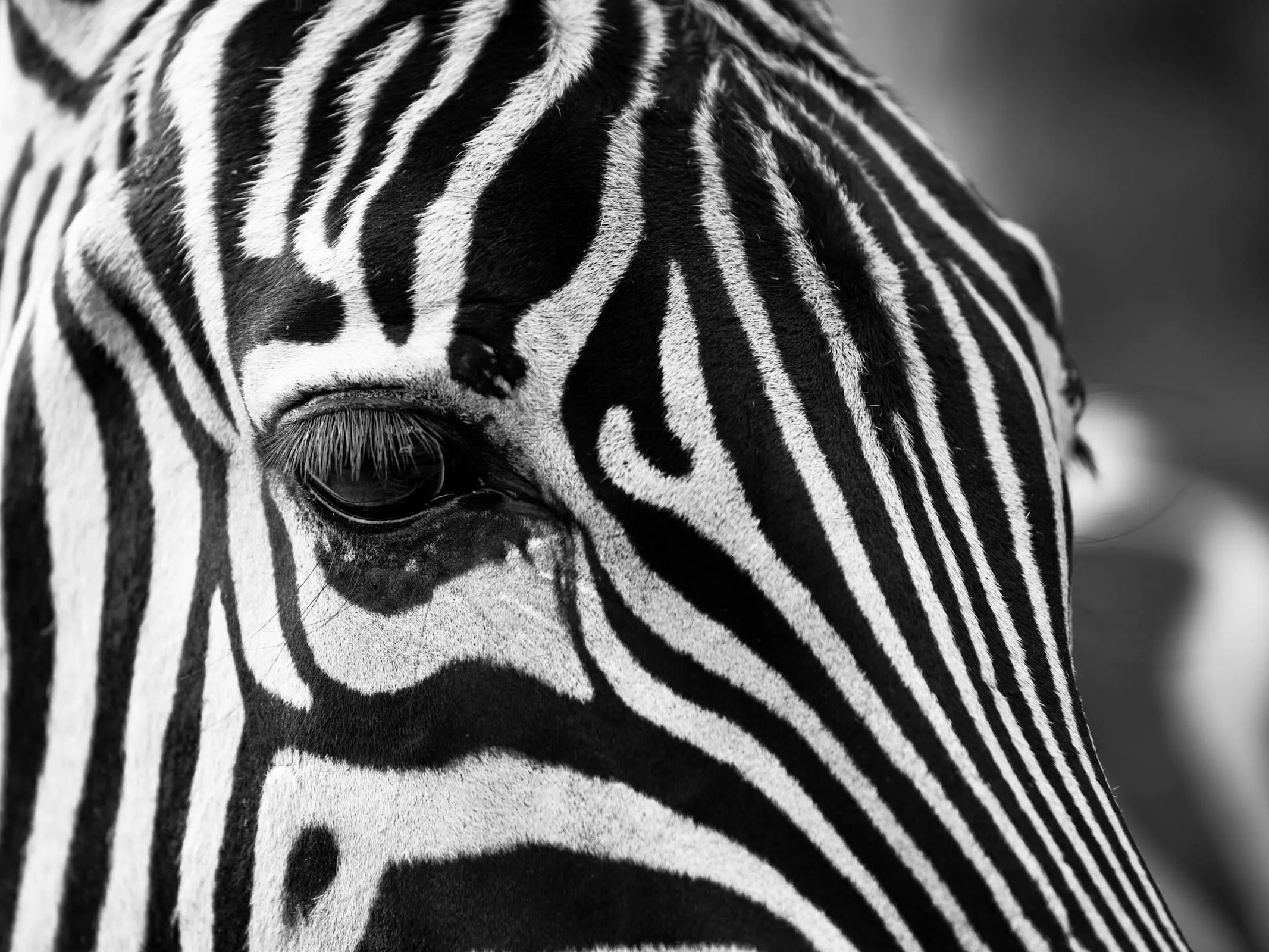
There is something about zebras, with all of that lovely contrast. Their coat is almost mesmerizing, which is probably what their particular type of camouflage is all about.
Read more
Happy National Day of the Horse
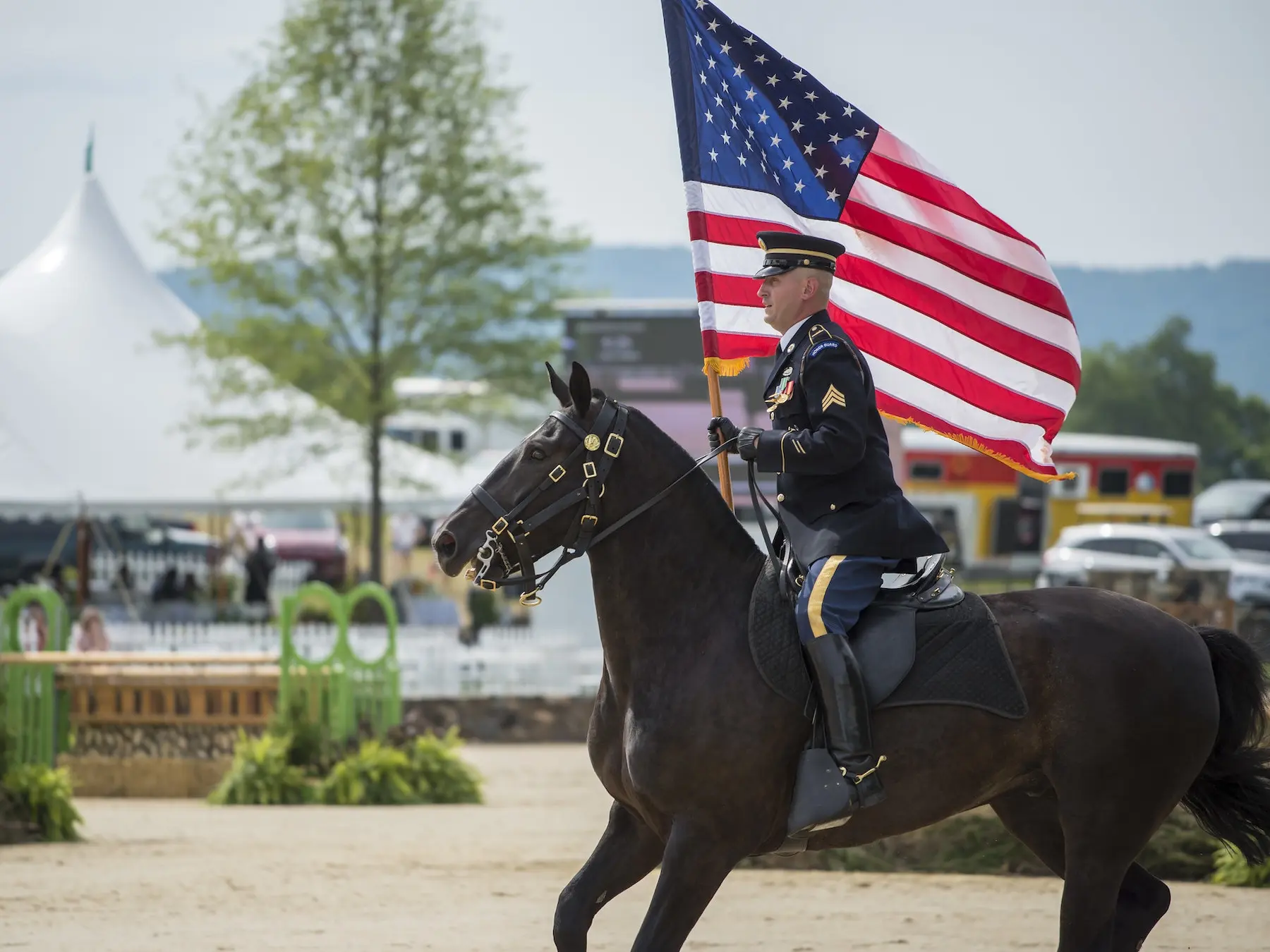
A day for all of us to pause and reflect on how indebted the United States is to the humble horse. Without them, the west would never have been won.
Read more
